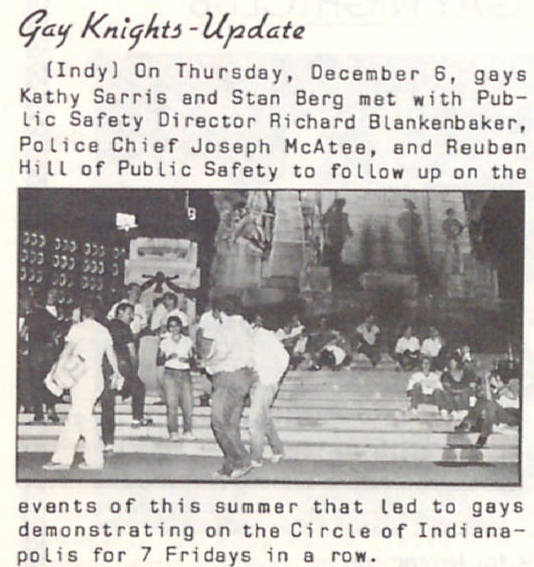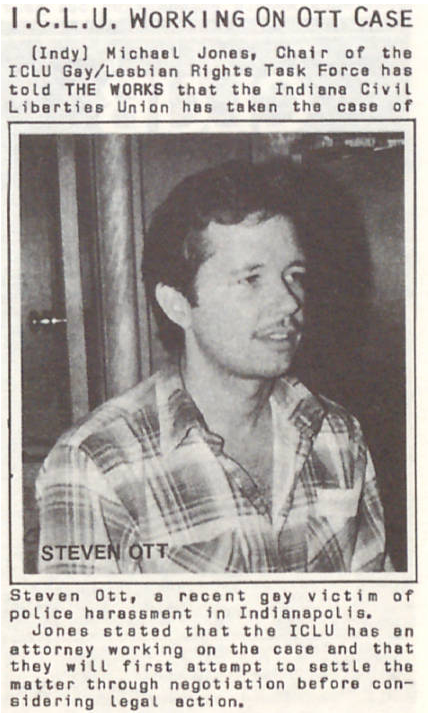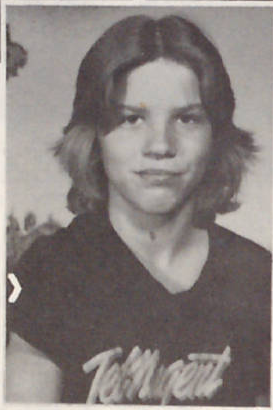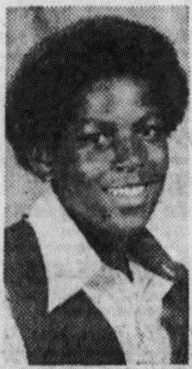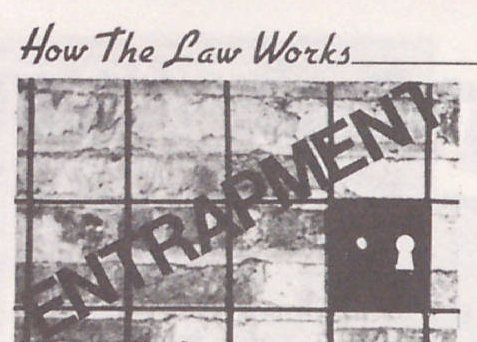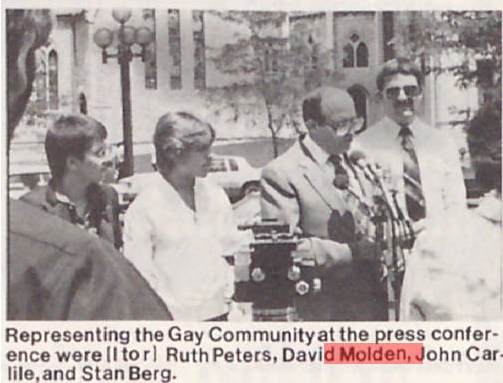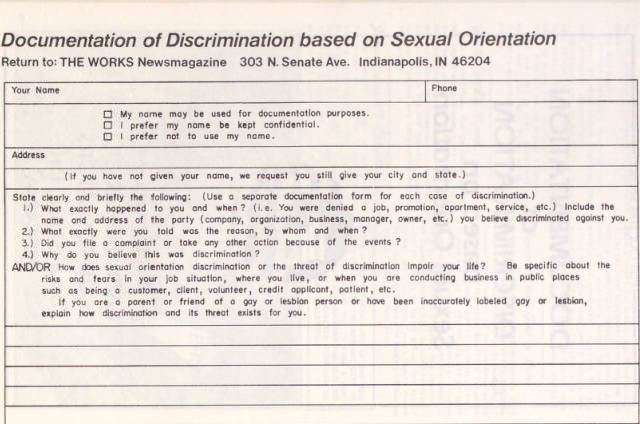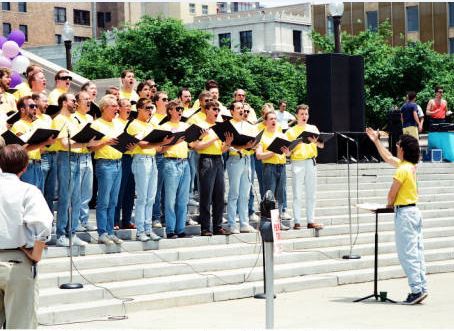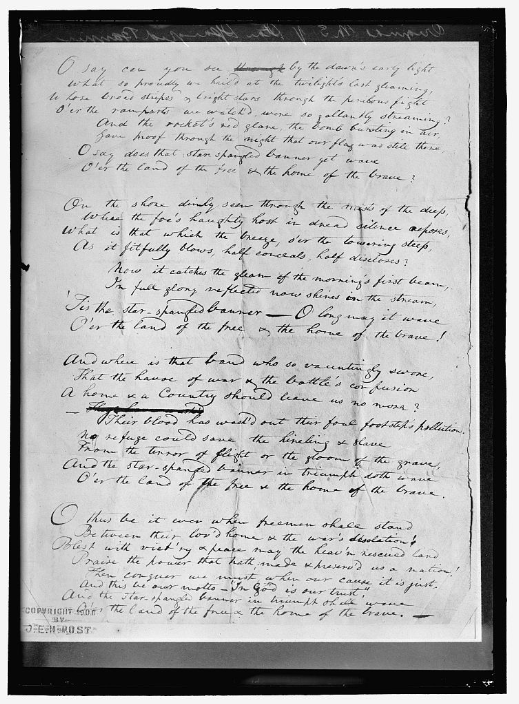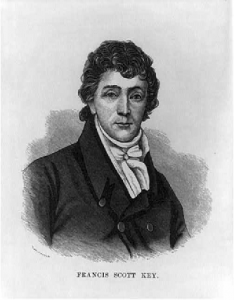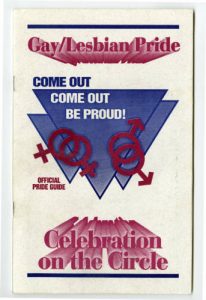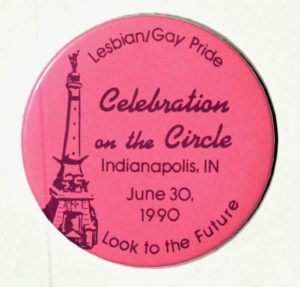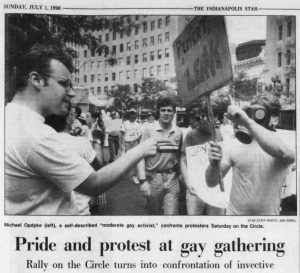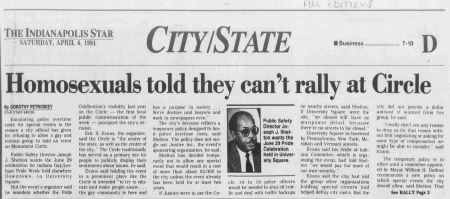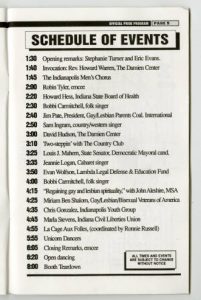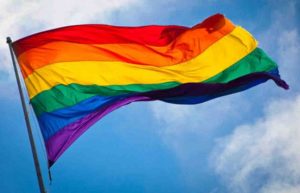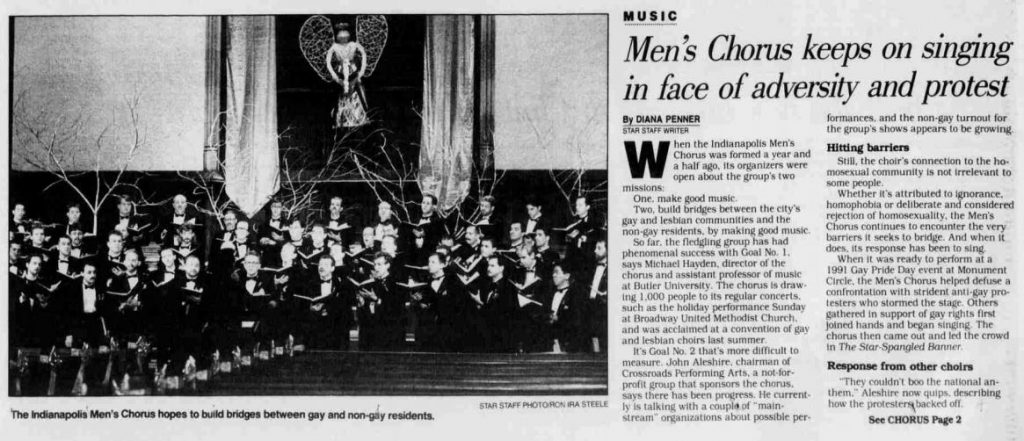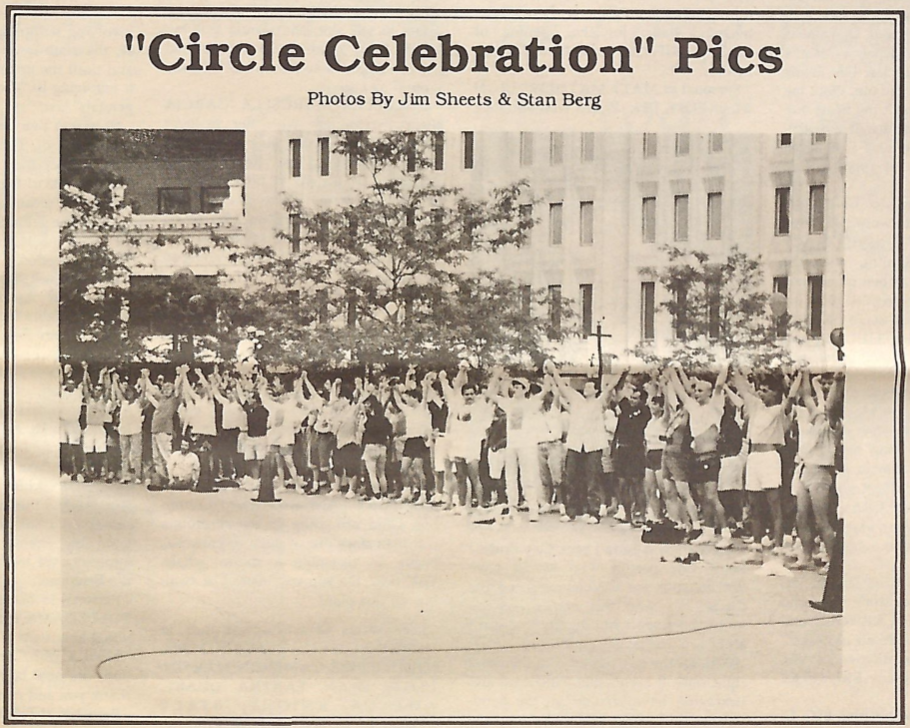
* A note on terminology: We recognize that terminology referring to this marginalized community will continue to evolve. We have chosen to use “LGBTQ+” and “queer” after consulting with Indy Pride board members, historians specializing in the field, and new scholarship. We are cognizant that the community is not monolithic and that some individuals may not identify with these terms. It is also important to note that the mainstream civil rights movement excluded people of color, those living in poverty, and transgender individuals.
The fabric of America has always been comprised of LGBTQ+ individuals, but due to social stigmas, legal discrimination, and the perpetuation of violence, many of these individuals lived quietly. While the 1969 Stonewall Uprising in New York City proved to be a watershed moment in the national fight for equality, those in the conservative state of Indiana continued to socialize privately, for the most part. In 1976, the first “Gay Pride Week” was held in Indianapolis, hosted by the Metropolitan Community Church (MCC) and the Gay Peoples Union. Rather than celebrate publicly, attendees were invited to attend a picnic at Sugar Creek Park, donate blood at MCC, participate in a “Youth Kamp Disco,” and attend workshops entitled “Do I Tell My Parents?,” “Christian and Gay,” “Lifestyles in the ‘70s,” and “Gays and Government.” MCC pastor Rev. James Hill said the purpose of the week was “to make society aware of our presence and as a self-affirming thing for gay people as well—affirming they have the right to be.’”
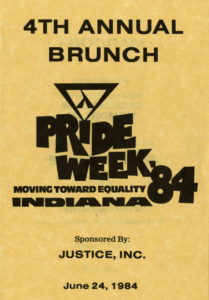
According to an article The Works, when Pride plans failed to materialize in 1980, activists gathered at the Ramada Inn and formed a Pride Week Committee, which sponsored the 1981 Pride Week Brunch at Essex Hotel House. The Indianapolis Star noted in 1982 that celebrations continued in an insular manner, writing that individuals celebrated “Indiana style—without marches or noisy rallies.” Instead, they raised funds for various causes, donated food to the needy, and “tried quietly to let others know they are here.” Celebrants in 1984 continued the tradition of picnics, in addition to raising funds for AIDS research. The summer of that year, hundreds of LGBTQ+ Hoosiers met at Monument Circle to socialize, listen to local activists, learn about their rights, and register to vote.
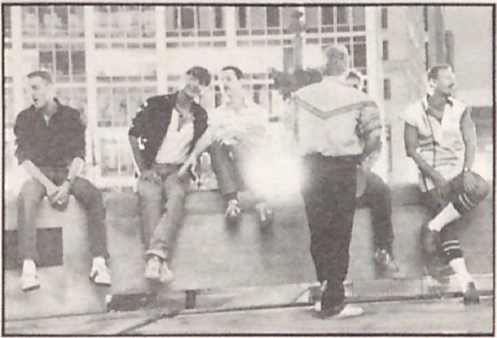
While organizers were careful to note that this was not a protest or demonstration, it was the first large public gathering of queer individuals in the state. Their goal was to increase visibility for the community, hoping the show of solidarity would lead to a decrease in police harassment and increased commitment to solving the murders of LGBTQ+ individuals. Mayor Bill Hudnut reluctantly issued a letter that was read at one of the gatherings, declaring a commitment to “an absence of anti-gay bias in all police matters.” According to a June 1985 The Works article, this marked “the first time any Mayor of Indianapolis has made any positive public pronouncement on gays in Indianapolis.” Although relations between police and elected officials and queer Hoosiers would remain relatively fraught, the Works considered the 1984 gatherings a success, writing that the events:
will go down in the gay history of Indiana as the first time gays in this state have exercised their Constitutional right to freedom of public assembly. Gays and lesbians exercised this Constitutional right in no less a place than the Monument Circle area of Indianapolis in full view of many Indianapolis citizens who came to see what gays had to say.
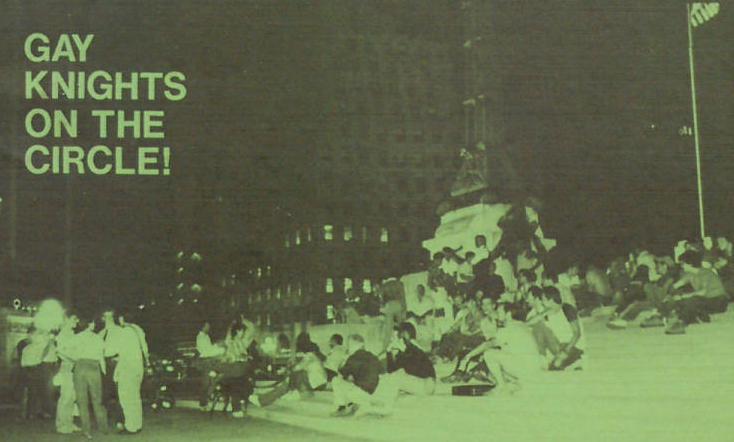
After the 1984 gatherings, which some dubbed “Gay Knights on the Circle,” Pride Week celebrations remained relatively private until 1990. That year, the twentieth anniversary of NYC’s first Pride Week, Indiana activists felt ready to celebrate publicly. Organized primarily by Justice, Inc.’s Ruth Peters, the New Works News noted that the June event would “provide an opportunity for gays and lesbians to increase their political and community awareness and visibility. Having the event on the Circle will provide both an educational and enjoyable atmosphere for the Indianapolis community at large to enjoy the speakers and entertainers.”
Some Hoosiers, like Drew Carey, feared making themselves vulnerable by attending the state’s first large outdoor Pride event. Nevertheless, he felt his presence was important, writing in an editorial reprinted in the New Works June 1990 issue:
I can’t tell you how much this intimidates me. I have never made such an open stand. But I’m going to be there, stomach in knots and all, because there is nothing so vitally important. . . . If we make excuses for not going, we manifest the internalized homophobia that will continue to keep us on the fringe, where society need not even recognize that we exist. We say to ourselves, to friends, to family, and to society, ‘I’m ashamed; I’m embarrassed about what I am. Your stereotypes about gays and lesbians are right.’
Those who turned out for the unprecedented event enjoyed entertainment like drag shows, learned about gay rights legislation, listened to AIDS activists, and interacted with those manning booths for the Indiana Crossdresser Society (IXE), Indiana Youth Group, Damien Center, Act-Up Indy, Marion County Health Department Condom Contest, and Indiana Pro-Choice Action League.
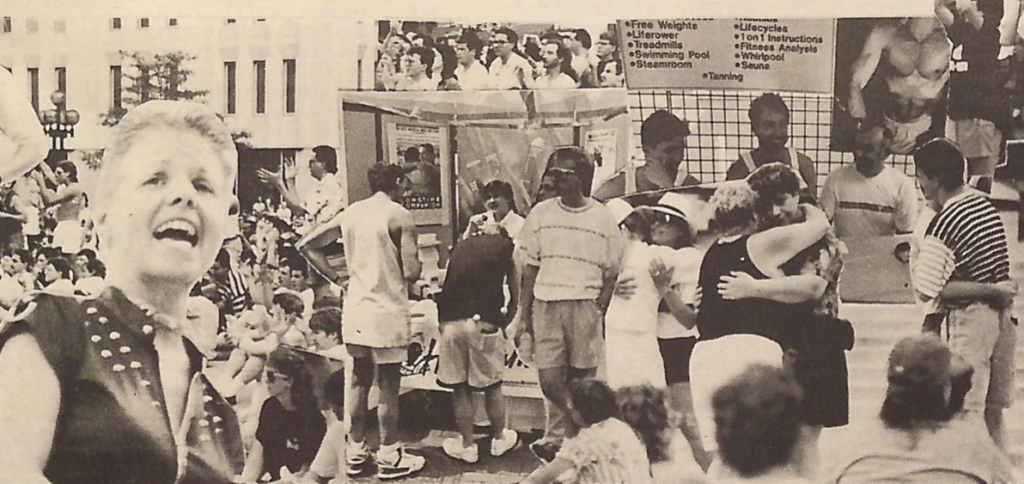
Despite the presence of protesters, the event empowered attendees, challenged social stigmas, and welcomed a range of sexual and gender expressions. The New Works News editor reflected in August, “As I looked around me . . . I had but one thought: this is what a city is supposed to be like-alive, vibrant, filled with productive, enjoyable activity.” Carmen Kruer had a similar sentiment, writing in an editorial for the same issue that for the first time the community could:
socialize publicly with minimal fear of harassment and was also able to feel the strength that its numbers can provide. I was very proud to be a part of the lesbian and gay community as it drew together to support one goal – the attainment of a safe environment for all persons regardless of their sexual orientation, race, creed, or gender. I will always remember this day as I anticipate the next public celebration in Indiana.
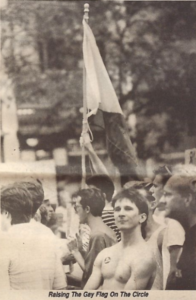
With the event’s success, organizations like Justice, Inc. pushed to keep the momentum going through donations and activism. One writer for the New Works News wrote in July that the “Celebration on the Circle” was only the beginning, contending that “The Gay Civil Rights movement is at a critical point in its development. Much has been accomplished, but there is still much of a negative nature which must be overcome both within ourselves and in the public in general. . . . It’s up to us.”
In the ensuing years, Justice, Inc. and Indy Pride helped grow the event and by 2012 an estimated 80,000 people and 300 vendor booths attended the celebration. According to Indy Pride, the Cadillac Barbie Pride Parade “featured a float, an antique truck, a few drag queens, some antique cars, and several walking groups,” becoming a cornerstone of celebrations. Of the annual event’s significance, Indy Pride noted “In the years since Pride first ‘came out of the closet,’ the exposure has created a massive change in the society of the city of Indianapolis and the state of Indiana. The battle is not won until everyone is equal but the Indy Pride Festival and the Indy Pride Parade are Indiana’s symbol of a growing acceptance in our cultures.”
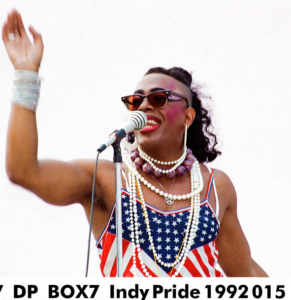
As with most efforts to secure civil rights, progress for the queer community in the city known for its “Polite Protest” and “Hoosier Hospitality” occurred in fits and spurts. The 2014 legalization of gay marriage and the 2015 enactment of the Religious Freedom Restoration Act exemplifies this duality. As of 2021, organizations like the Indiana Youth Group and Indy Pride continue to provide resources and press for equal protection under the law.
* Sources used to write this post can be found here.
Learn about the following Indiana LGBTQ+ history topics:
“Gloria Frankel & The Seahorse: The South Bend LGBT Club’s Fight for Gay Rights”
“How Indy’s Queer Community Challenged Police Harassment in the 1980s”
“The Debate over ‘Decency:’ How Hoosiers Challenged Anita Bryant’s Anti-Gay Rights Crusade”
“’Walk a Mile in Their Pumps:’ Combating Discrimination within Indy’s Queer Community”
“’We Had Sung Them Off the Monument Steps:’ Pride, Protest, and Patriotism in Indianapolis”

